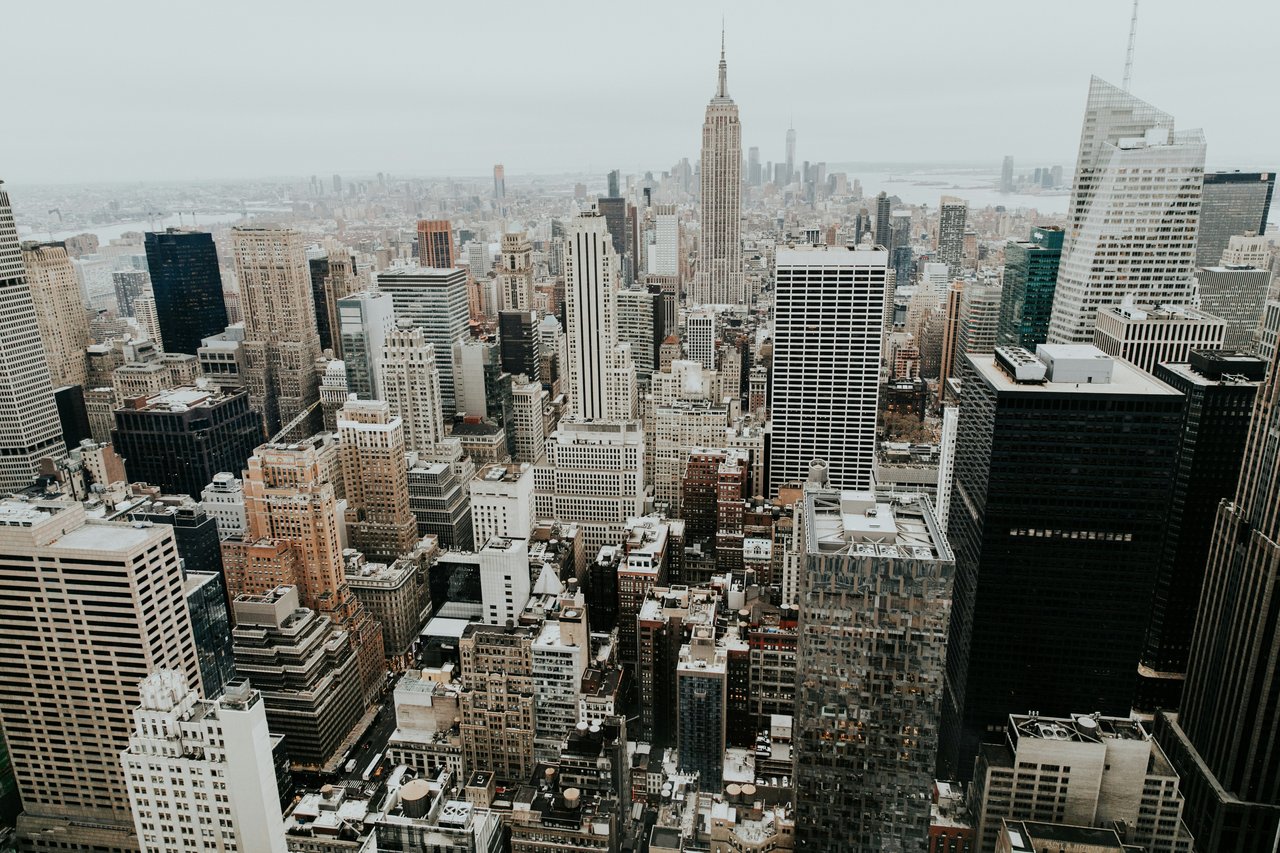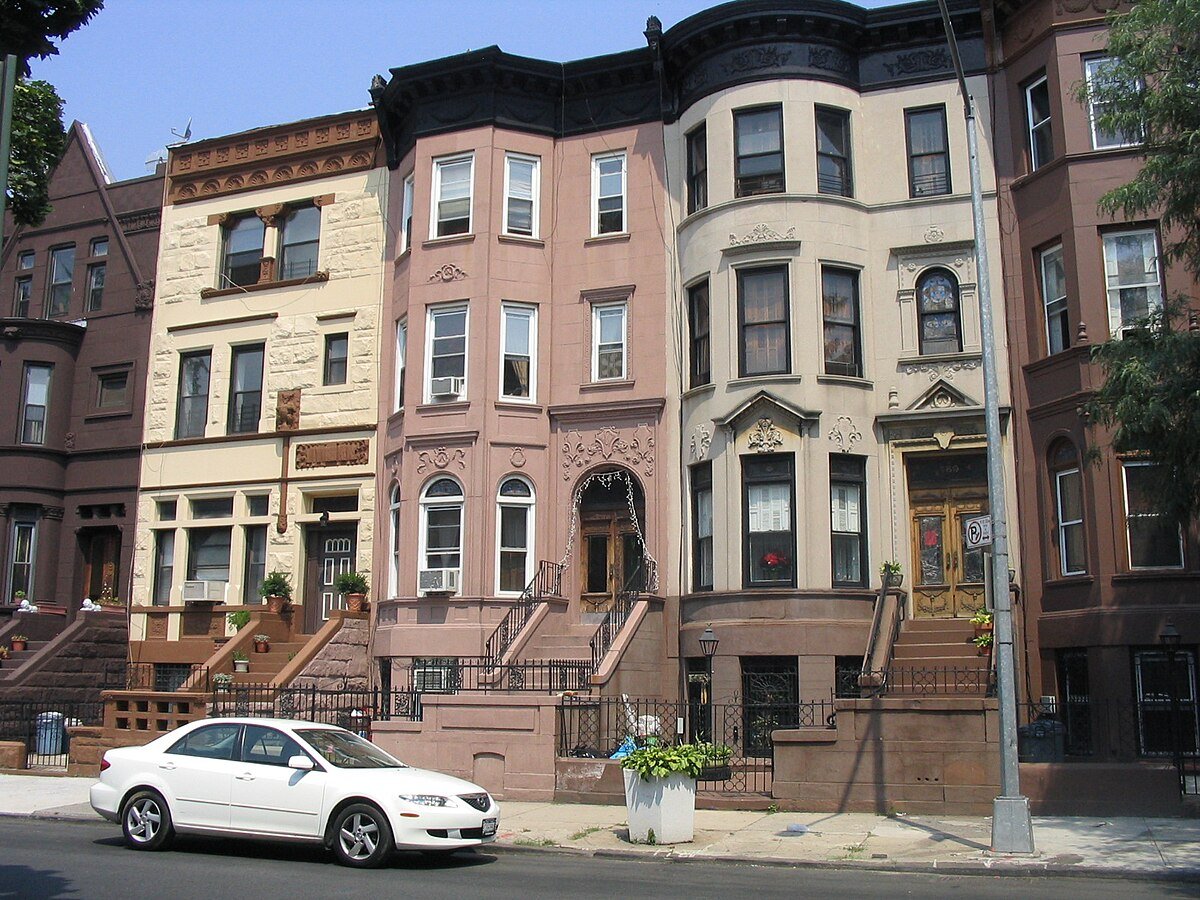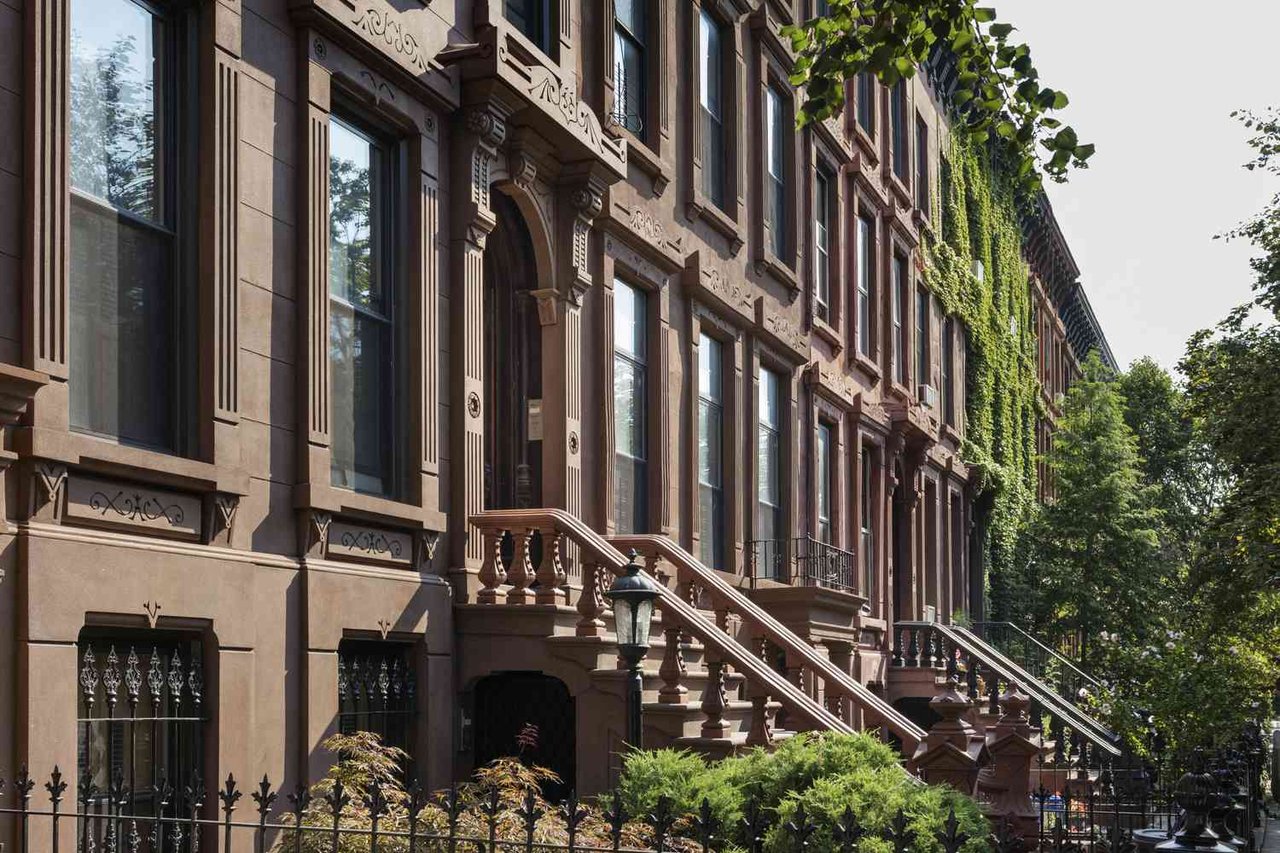For ten years, I called SoHo home. During that time, I didn’t just live in a neighborhood—I lived in a museum of architecture, a time capsule of urban industry, and one of the most coveted real estate markets in the world. As someone who has spent a decade exploring every corner, every column, and every corridor of SoHo loft living, I can tell you: these buildings are unlike anything else.
The Cast-Iron District of SoHo represents more than historical architecture. It represents artistry, reinvention, and a layered complexity that only reveals itself the deeper you go. Below, I will share the full story of why these buildings are treasured and why navigating their ownership and preservation is anything but simple.
What Is the Cast-Iron District?
The Cast-Iron District refers to a collection of city blocks in SoHo, New York City, that features the largest concentration of cast-iron architecture in the world. This area was officially designated the SoHo-Cast Iron Historic District in 1973 by the New York City Landmarks Preservation Commission.
These buildings were constructed between the mid-1800s and early 1900s during a boom in commercial development. At the time, SoHo was an industrial hub, housing textile firms, warehouses, and import/export businesses that required expansive space and good lighting. Cast iron offered a revolutionary way to construct beautiful, load-bearing façades at a fraction of the cost of stone or brick.
Why Cast Iron?
Cast iron allowed intricate designs to be mass-produced. Unlike stone carving, which was time-consuming and costly, cast-iron panels could be molded quickly and installed on site. This led to the widespread use of ornate facades, columns, and cornices throughout the district.
Historic Significance
Today, walking through the Cast-Iron District is like stepping into an open-air museum of neoclassical, Italianate, and Beaux-Arts architecture. The buildings represent a significant chapter in the evolution of American architecture and urban development.
Why These Buildings Are So Coveted
Cast-iron buildings are more than architectural gems. They represent a lifestyle, an aesthetic, and a sense of history that is deeply appealing to artists, designers, and investors alike. People do not just buy lofts in SoHo—they buy a narrative, a legacy, and a space that tells a story.
Buyers from around the world compete for these properties, often paying a premium. Here is why these buildings are among the most desired pieces of real estate in New York City.
1. Architectural Beauty
Each cast-iron building is unique. The flexibility of cast iron as a material allowed architects to experiment with details, drawing inspiration from Greek and Roman temples, French palaces, and Italian villas. Corinthian columns, arched windows, and decorative cornices are standard features. The architectural diversity is breathtaking, especially when compared to modern glass towers.
2. Loft Layouts and Natural Light
The interiors of these buildings are just as impressive. Massive factory-style windows let in abundant natural light. Ceilings can rise as high as 14 feet. Original beams, brick walls, and cast-iron columns give the space a raw, textural quality that is impossible to replicate in new construction. These open floor plans offer unmatched flexibility in layout and design.
3. Prime Location in Manhattan
SoHo lies in the heart of Lower Manhattan, bordered by Tribeca, the West Village, Nolita, and Chinatown. It offers the best of urban life with access to luxury retail, art galleries, iconic restaurants, and boutique fitness studios all within walking distance. Its cobblestone streets and low-rise buildings provide a charming alternative to Midtown’s steel and glass.
4. Limited Inventory and Historic Status
There are only so many cast-iron buildings in the world, and most of them are in SoHo. Because these structures are landmarked, no new developments of their kind can be built. This fixed supply, combined with high demand, creates scarcity one of the key drivers of real estate value.
The Flip Side: What Makes These Buildings Complicated
With all of their appeal, cast-iron buildings also come with serious responsibilities and obstacles. Buyers often underestimate the complexities associated with owning or renovating a landmarked property in SoHo.
1. Landmark Regulations
Most cast-iron buildings in SoHo fall within the jurisdiction of the Landmarks Preservation Commission (LPC). This means that any changes to the exterior—or in some cases, the interior require LPC approval.
Examples of regulated changes include:
-
Window replacements
-
Façade repairs
-
Roof deck installations
-
External air conditioning units
-
Signage and awnings
This adds time, paperwork, and cost to any renovation project. Owners are expected to use historically accurate materials and methods whenever possible.
2. Aging Infrastructure
These buildings were constructed before electricity, elevators, or modern plumbing. Many of them still operate with outdated mechanical systems, uneven flooring, and fragile load-bearing elements. Modern upgrades are often invasive and expensive.
Common issues include:
-
Aging elevators or none at all
-
Limited HVAC capacity
-
Lack of fire suppression systems
-
Narrow stairwells and inadequate emergency exits
You might need to dig new mechanical shafts or reinforce joists just to install central air or open up a kitchen.
3. Zoning and Loft Law Restrictions
Much of SoHo is still zoned for manufacturing use. That means some properties are not technically legal for full-time residential occupancy. The Loft Law, originally passed to protect artists living in commercial spaces, still governs many of these buildings.
Important considerations for buyers:
|
Zoning Term |
Meaning/Impact |
|---|---|
|
M1-5B |
Manufacturing zoning residential use restricted |
|
J-51/421-a |
Possible tax abatements (rare in SoHo) |
|
IMD Units |
Interim Multiple Dwellings (artist-occupied lofts) |
|
Certificate of Occupancy |
May be commercial, residential, or mixed-use |
Buyers should consult legal experts and perform detailed due diligence before signing a contract.
What Buyers Need to Know Before Purchasing
Having helped clients navigate SoHo’s market, I always emphasize that buying in the Cast-Iron District requires a different mindset. It is not a standard transaction. It is a process steeped in nuance, permits, and patience.
What to Review Before You Buy
Here is a checklist I often use with clients:
-
Landmark Designation: Confirm whether the building or specific unit is landmarked
-
Certificate of Occupancy: Make sure it legally permits residential use
-
DOB Violations: Check for any active violations or work without permits
-
Building Financials: Review reserve funds and history of capital improvements
-
Interior Conditions: Evaluate structural integrity, flooring, electrical, and plumbing
-
Legal Restrictions: Look out for artist-use restrictions or zoning complications
Also, whether the building is self-managed or professionally managed. Many smaller cast-iron co-ops are self-managed, which can lead to deferred maintenance or inconsistent decision-making.
Financing Challenges
Securing a mortgage for a loft in SoHo can be more complicated than for a traditional condo or co-op. The building’s financials, zoning status, and appraisal value all factor into the bank’s decision.
Lenders may require:
-
Higher down payments (25 to 40 percent)
-
Larger reserve accounts
-
Additional inspections
-
Appraisals by specialists in unique properties
In many cases, cash buyers have a significant advantage.
Life in a Cast-Iron Loft: A Personal Take
During my ten years in SoHo, I lived in a loft that had once been a hat factory. The freight elevator still bore the original operator’s instructions from 1923. The floors were slightly sloped, and the plumbing sometimes rattled like a subway line. But the sunlight pouring through 10-foot windows each morning made every challenge worth it.
There is something profoundly different about living in a space with history. Every corner has a story. Every ceiling beam once bore the weight of another era. You are not just occupying a home you are occupying a legacy.
While modern condos often promise convenience, cast-iron lofts promise character. And for the right buyer, that trade-off is more than worth it.
SoHo Today: The Changing Landscape
The SoHo of 2025 is no longer the artist's haven it once was. High-end boutiques, luxury restaurants, and international real estate investors have transformed the neighborhood into one of the most expensive in the world. But even with these changes, the Cast-Iron District retains its allure.
In recent years, New York City approved rezoning measures for SoHo and NoHo to encourage more residential development and mixed-income housing. The goal is to address the housing shortage while preserving architectural heritage.
This may lead to:
-
More conversions of commercial space to residential units
-
Introduction of new buildings that must blend with historic architecture
-
Increased scrutiny of development plans by community boards and the LPC
Buyers and developers will need to strike a careful balance between innovation and preservation.
Ready to Explore the Cast-Iron District? Here’s How to Get Started
Whether you are a seasoned investor or a first-time buyer with a dream of loft living, the Cast-Iron District offers an unmatched real estate experience. But it also demands preparation, the proper guidance, and a deep appreciation for history.
Tips for Serious Buyers
-
Work with an agent who specializes in landmarked and historic properties
-
Consult a zoning and land-use attorney before making offers
-
Tour multiple properties to compare layout, light, and condition
-
Check building financials, reserve funds, and past renovation history
-
Do not rush. Due diligence is everything in this market
Considering Selling?
If you own a loft in SoHo, now is a good time to evaluate its value. Rising demand for unique properties continues to push the premium for cast-iron buildings higher—especially those with historic details and modern upgrades.
Let’s Talk: Your Next Step in SoHo Real Estate
If you’re ready to explore the Cast-Iron District or simply want to learn more about SoHo lofts, reach out. With over a decade of firsthand experience and deep expertise in SoHo’s historic architecture and real estate nuances, I can guide you through every step of the process.
Whether you're dreaming of a sun-drenched corner loft or planning to list your legacy property, let's talk. Because in the Cast-Iron District, every transaction is more than real estate, it’s a piece of New York history.




